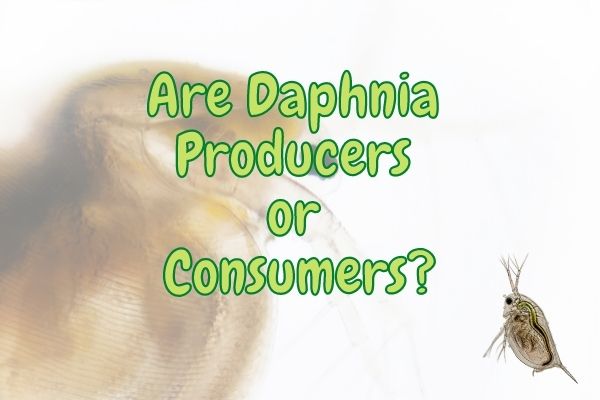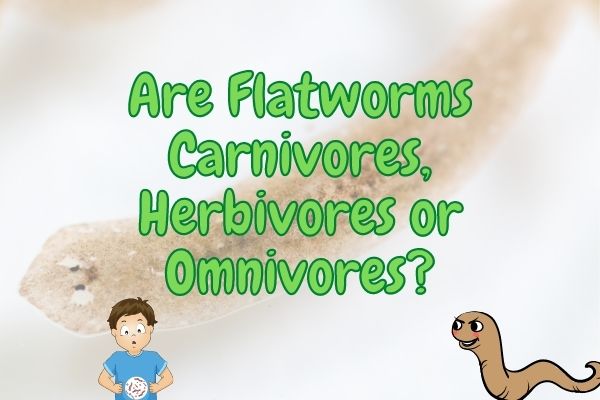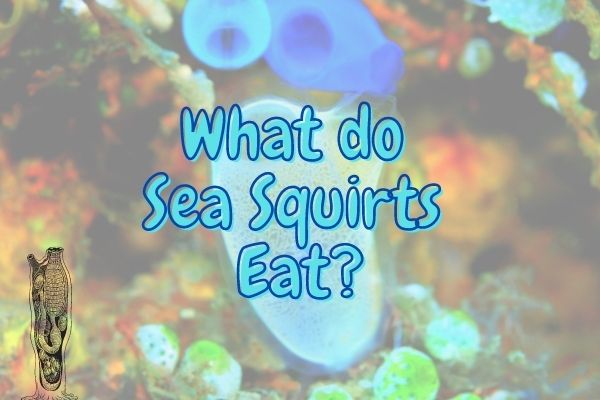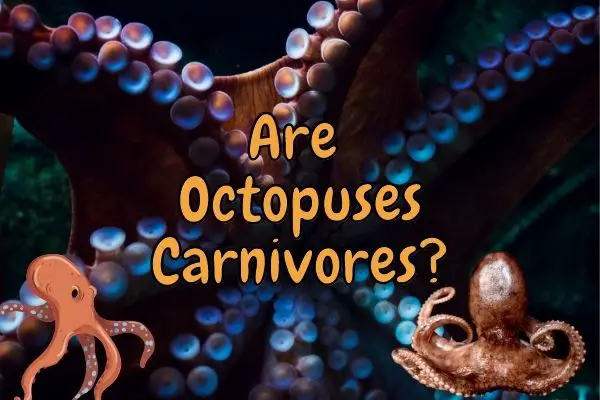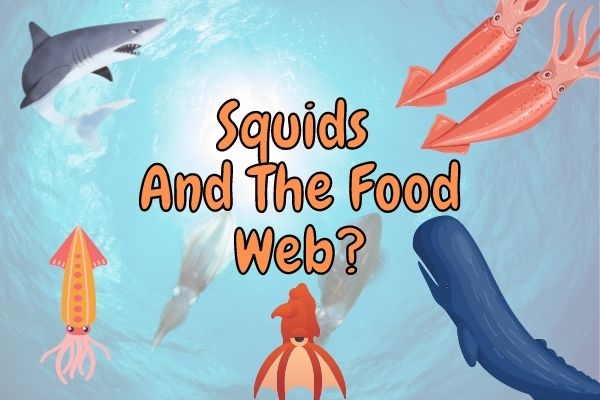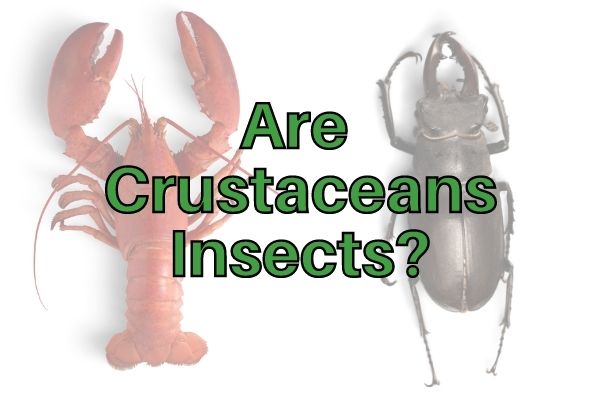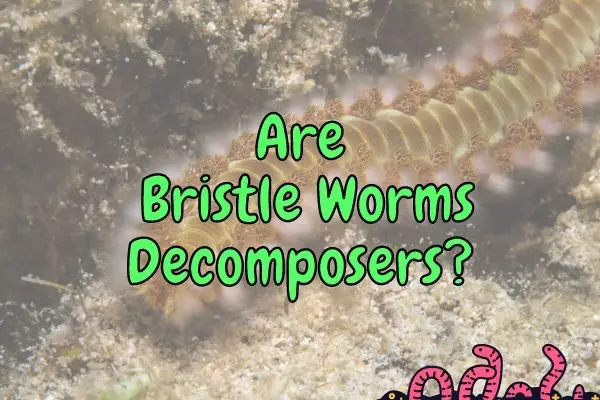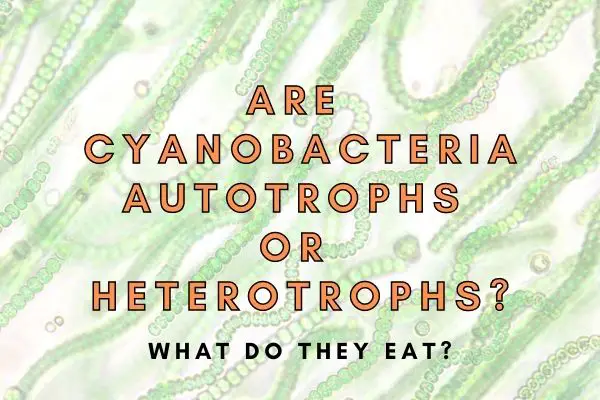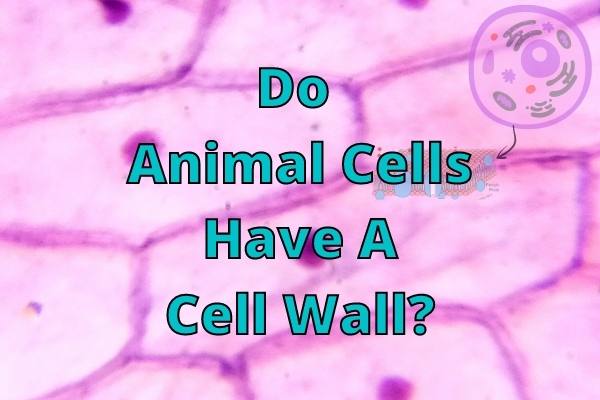Are Daphnia Producers or Consumers? (Know The Facts!)
Daphnia are planktonic creatures that are classified as crustaceans like crabs, lobsters, and crayfish! They are small in size around 0.2 mm-6.0 mm and are aquatic planktonic crustaceans which are commonly called water fleas. They come under the category of consumers that are typically found in freshwater environments. As secondary consumers, they play an important…

